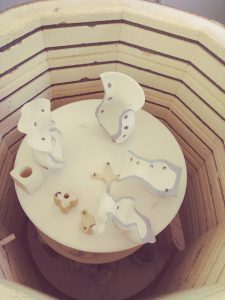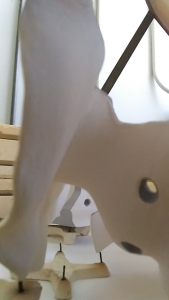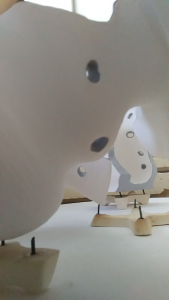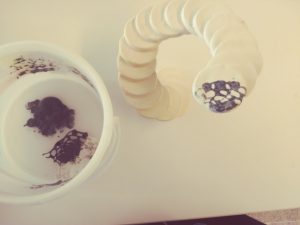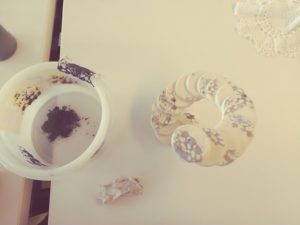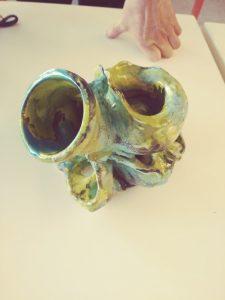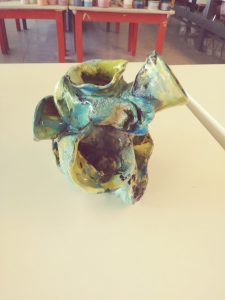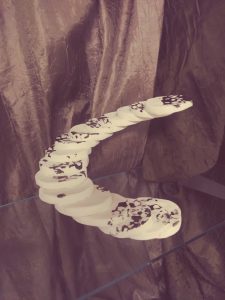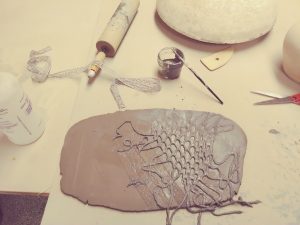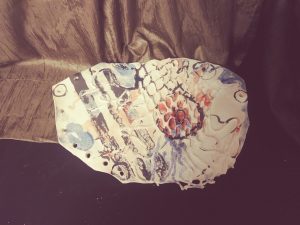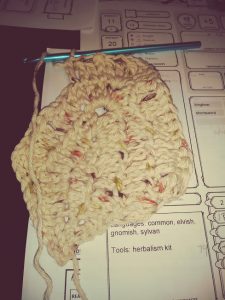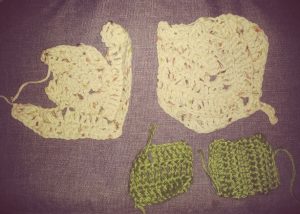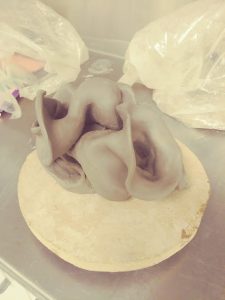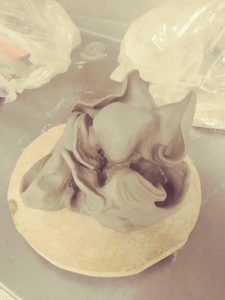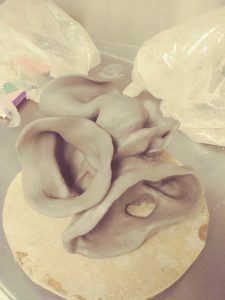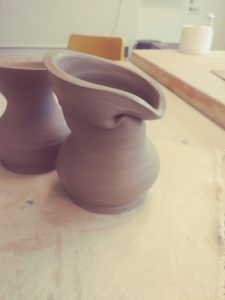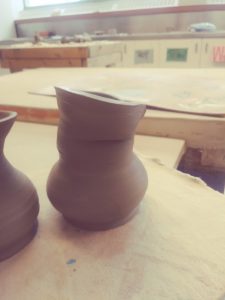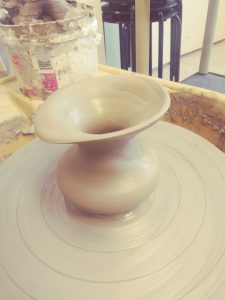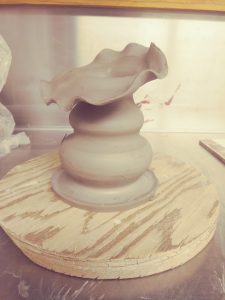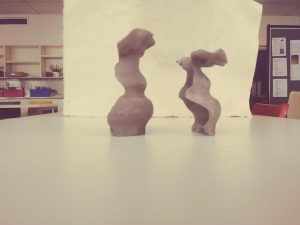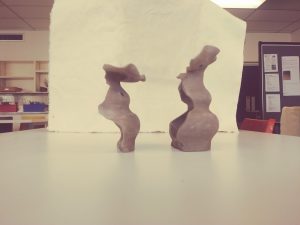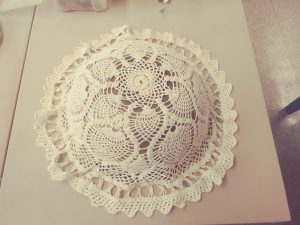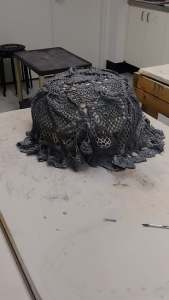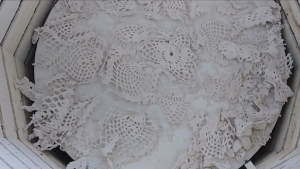It is time to end this part of my inquiry. I feel like I learned a lot and am finally accepting that I am not going to achieve my goals without studying them for many years to come. In fact, I may not achieve them in the same way I originally thought, but will, instead, be content with engaging in the process and sharing as I go along. I am feeling more comfortable with my level of skill because I can operate well enough in a ceramics studio to support my future art-based inquiry.
I really connected with the readings I chose, especially “Artworks as Dichotomous Objects” and Growth Mindset. I feel like I understand better why some art achieves a surreal quality. I had the false impression that creating something uncanny was more of a cheap trick than a challenging balancing act. Pepperell has given me more strategies for my toolkit; I look forward to using them to increase the sophistication of my work and to help my students do the same.
Applying growth mindset strategies and realizing that I need to work harder at establishing constraints are the two main lessons that are going to influence my pedagogy. I have made progress in accepting that life-long learning is about the journey not the destination and that has brought me a degree of equanimity. If I don’t do it now, I can try it later.
I will close with two quotes from Dweck.
Effort is one of those things that gives meaning to life. Effort means you care about something, that something is important to you and you are willing to work for it. – Carol Dweck
After all, “You have to work hardest for the things you love most.” – Carol Dweck
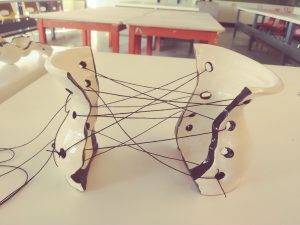
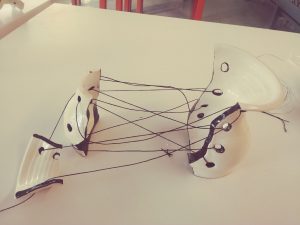
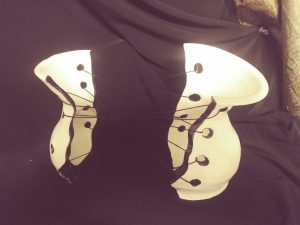
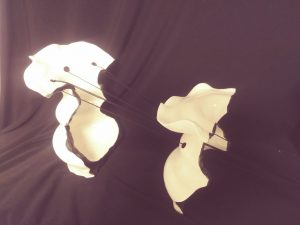
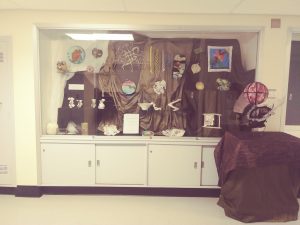
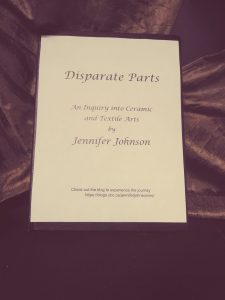
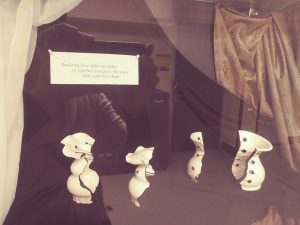
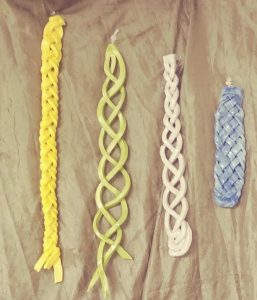
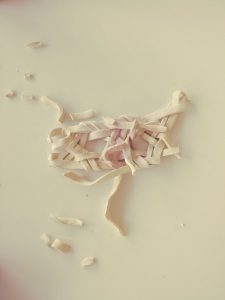
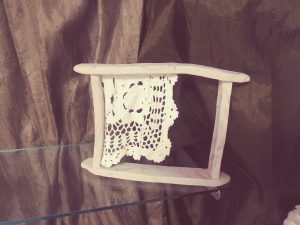
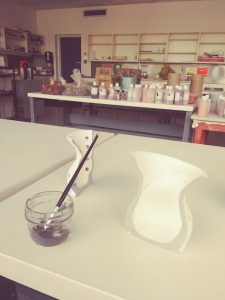 It was a real balancing act to arrange all the piece in the kiln. Some needed support, and some needed to be poised on stilts so the glaze didn’t adhere to the shelf. I couldn’t see what I was doing so I used my cell phone as a periscope.
It was a real balancing act to arrange all the piece in the kiln. Some needed support, and some needed to be poised on stilts so the glaze didn’t adhere to the shelf. I couldn’t see what I was doing so I used my cell phone as a periscope.